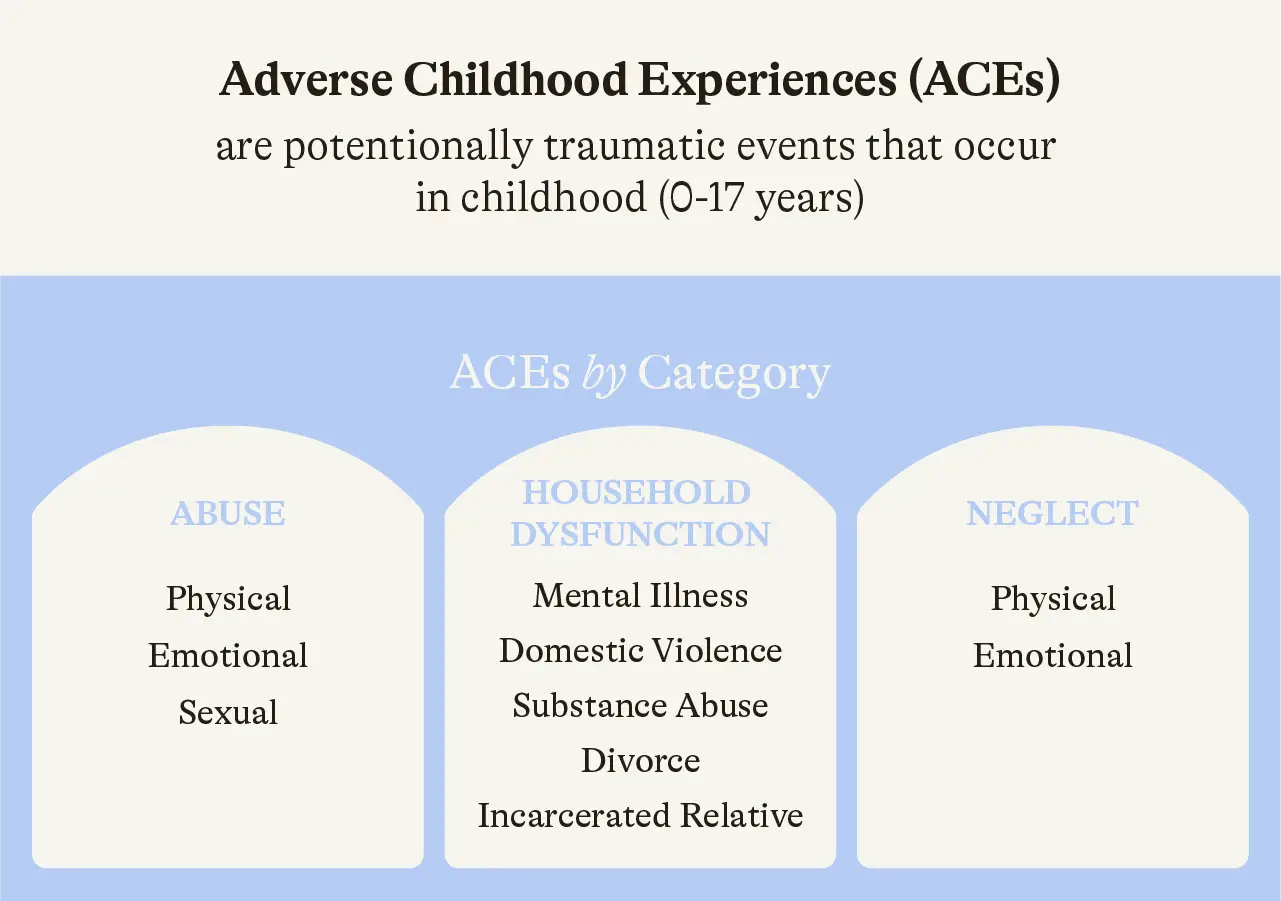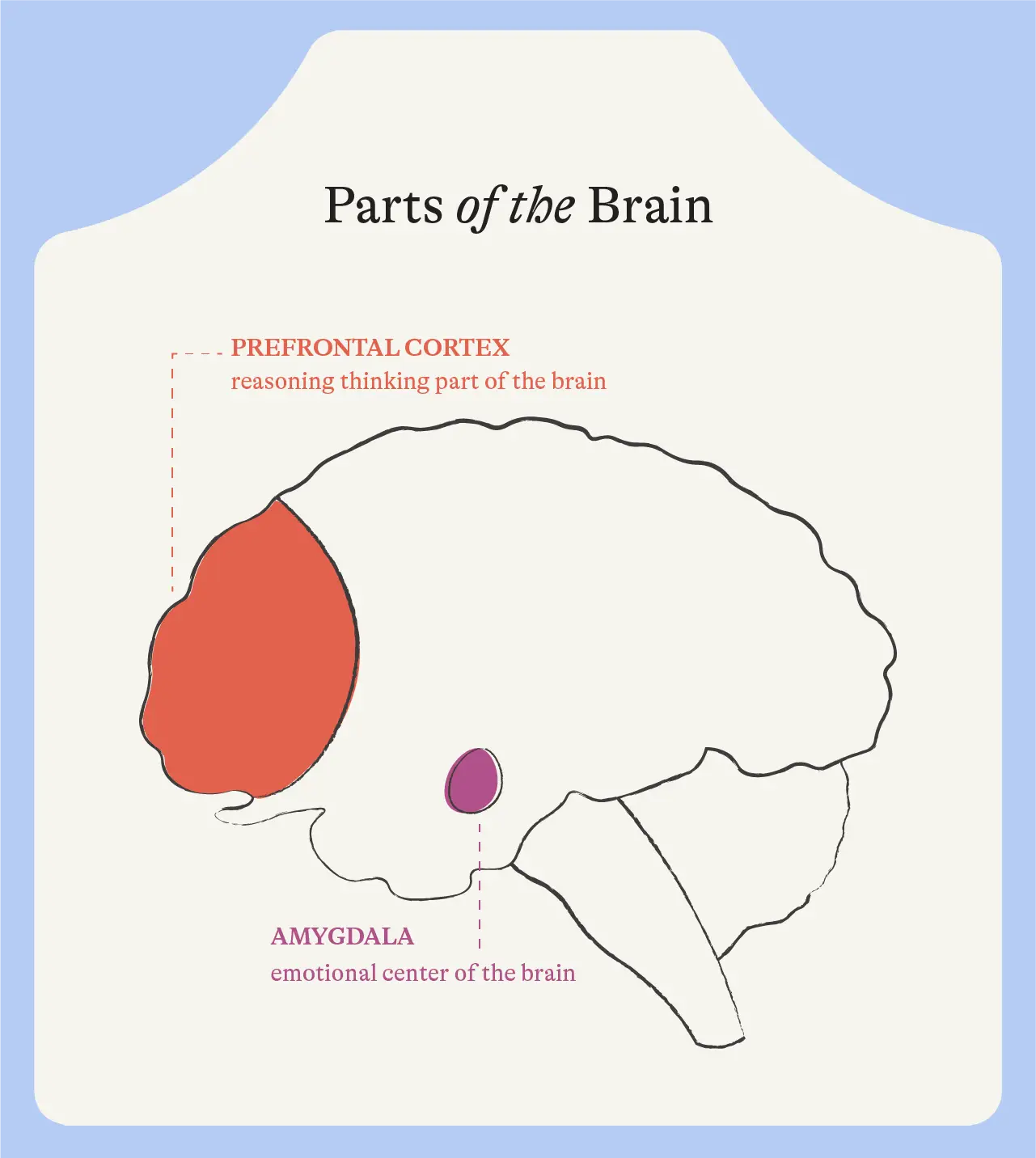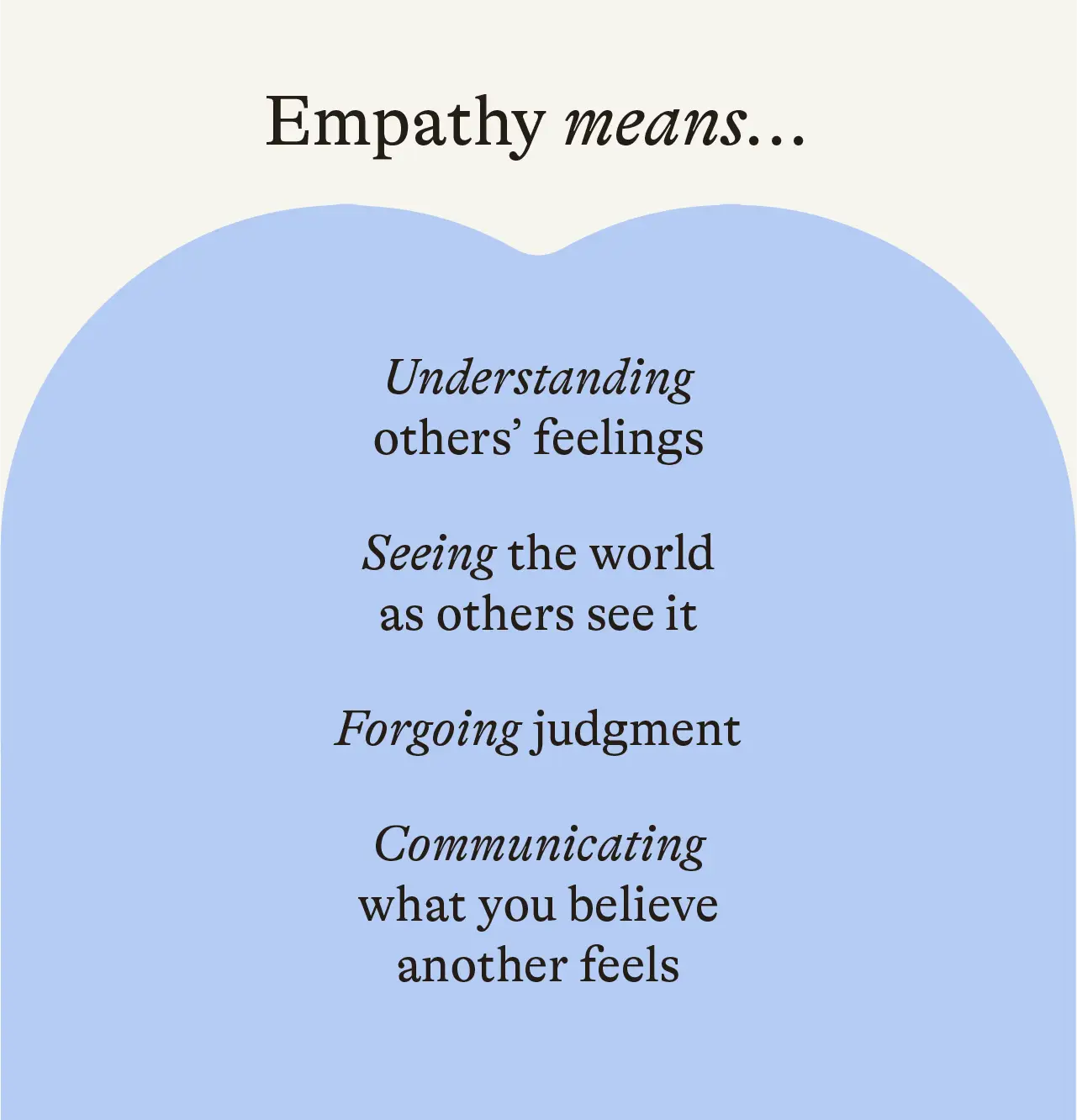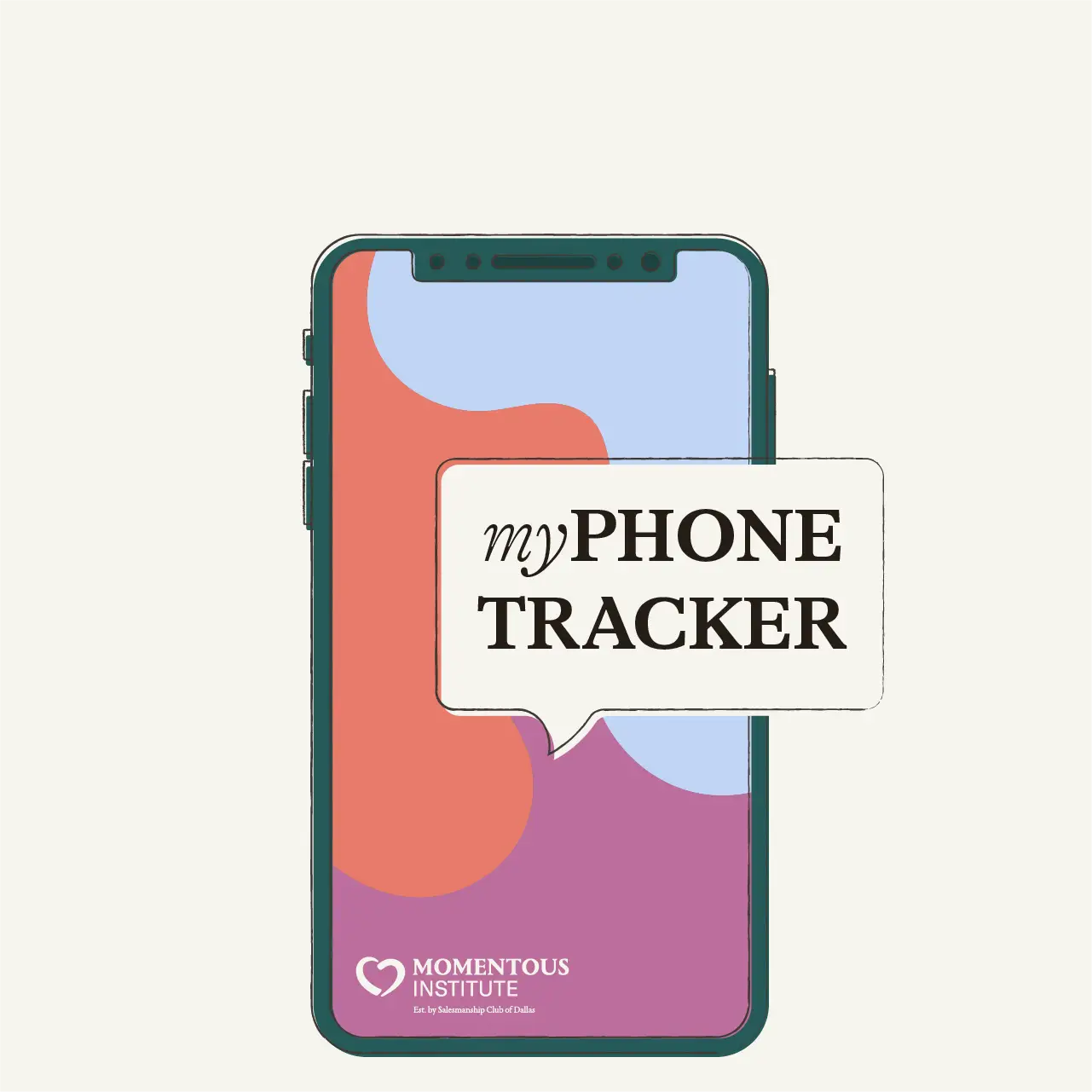Imagine a future documentary about the pandemic. Among the opening montage, you’ll see images of people wearing masks, empty streets… and at least one TikTok video of a teenager dancing. When we think about the experience of teenagers during the pandemic, we probably think of virtual school and TikTok dances. And while it may seem like teens danced their way through the pandemic, the truth is, they were dealing with a highly stressful situation during a critical period of physical, mental, and emotional development.
The pandemic was arguably more disruptive for teens than adults. For the most part, daily life has started to resemble pre-pandemic daily life. However, many teens are still struggling with their mental health. In this post, we’re going to look at how and why the pandemic affected teen mental health as well as ways we can help teens manage their mental health.
Since the pandemic began, there has been a rise in teens reporting feelings of anxiety and depression. There has also been an alarming change in the statistics involving adolescents and death by suicide. According to the National Alliance on Mental Illness, death by suicide is currently the second leading cause of death for individuals aged 15-24 in the United States. They also report that nearly 20% of high school students have experienced suicidal ideation. Data from the CDC shows that the rate of death by suicide among 10-24 year olds increased by 2.8% from 2018-2021.
Research is also showing an increase in substance use among teens. With the rise of off-market prescription drugs cut with fentanyl and accidental fentanyl-related overdoses, this increase in substance use poses an even greater risk to teen health.
Educators, mental health professionals, and caregivers have noticed a rise in aggression and dysregulated behavior among teens. They are also seeing decreased communication skills and a rise in social anxiety.
It’s probably pretty clear why adolescents are struggling as we bounce back from the last couple of challenging years. But let’s look at a few main reasons how and why the pandemic affected teen mental health.
In this post, The Effects of COVID-19 on Mental Health, we discussed how the pandemic was a trauma that we all experienced. But trauma can affect children and adolescents differently than it does adults.
Research tells us that Adverse Childhood Experiences (ACEs) can have far-reaching repercussions for mental and physical health. ACEs are defined as potential traumatic experiences that occur before the age of 18. Because everyone’s experience during the pandemic was unique, there is current debate about whether ‘COVID-19’ is too broad to be considered an ACE itself. However, children and adolescents may have experienced more ACEs because of circumstances brought about by the pandemic.

Experiencing trauma can have immediate effects on mental health, but they can also have effects that don’t show up until years later. When someone under the age of 18 experiences trauma, they have a higher risk of adverse health effects later in life. When looking at how the pandemic has affected mental health among adolescents, it’s important to keep in mind that addressing the immediate effects of a trauma can also help mitigate the long-term effects of the trauma.
Click here to learn more about ACEs.
Adolescence is a time of life marked frequently by age-related milestones. Teens celebrate many major life milestones that involve community celebrations – quinceañeras, sweet 16 birthdays, bar mitzvahs and graduations. As adults, we may forget just how important and big these milestones are for teens.
During the pandemic, many adolescents weren’t able to celebrate these milestones, and because these are celebrations tied to age, they can’t simply be made up. It may not seem like a big deal to miss out on prom, especially when the reason was a worldwide health crisis, but the loss of a rite of passage that you’ve heard about your whole life can feel very big.
Teens undergo a lot of physical and mental changes during adolescence. The brain is in a significant rewiring phase and the body is subject to rapid changes brought about by hormones. Adolescence is actually the most active time for brain changes and development, second only to early childhood. In addition to these changes, teens experience a shift societally as well. They are no longer viewed as little children and are expected to show more independence.
It’s probably safe to say there aren’t many adults itching to experience adolescence again. That’s because we know what a confusing and chaotic time it can be. We also remember how going through all those changes can feel overwhelming. Typically, having stable environments, reliable relationships, and predictable schedules can provide a buffer when the trials of adolescence become overwhelming. The pandemic not only disrupted any stability teens had; it added an additional layer of instability.
The pandemic was an uncertain time for everyone. However, unlike adults, teens were navigating the pandemic during a time of critical physical and social development. And, unlike children, teens were likely more aware of the rapidly changing nature of the pandemic and the socio-economic issues that surfaced.
To fully understand the effects of the pandemic on teens, let’s take a quick moment to talk about the brain.

We are going to focus on two parts of the brain, the prefrontal cortex and the amygdala. The prefrontal cortex is the reasoning, thinking part of the brain that controls decision-making and impulse control. During adolescence, the prefrontal cortex is still being developed. In fact, it isn't fully developed until around age 25.
The amygdala is the emotional center of the brain and fully developed at birth. When a person experiences large emotions like fear or overexcitement, the amygdala can block communication to the higher functioning parts of the brain like the prefrontal cortex.
These two parts of the brain are both critical to processing external information. Think about all the information you took in during the pandemic –constantly changing health guidelines, news of layoffs, product shortages, civil unrest, and the rising death toll. Now, imagine taking in all that information and trying to process it while your brain’s main processing center is still in development.
Each teen had their own unique experience of the pandemic. However, all teens were dealing with the pandemic on top of navigating typical teenage growing pains. When we look at those things together, it is understandable that many teens would still be experiencing mental health challenges.
We know what a busy time adolescence is for development, but let’s zoom in on one area of development that was greatly affected by the pandemic: social development.
Children primarily navigate life’s challenges with support from primary caregivers. When they reach adolescence, this changes. Teens shift away from their caregivers and toward their peers. This is normal development. As they move towards adulthood, teens are expected to display more independence and gain a stronger foothold in a society of their peers. It is natural to rely on others who are having similar experiences and undergoing the same transitions. Forming and maintaining social connections is key to a teen’s development.
Everyone experienced a form of social isolation during the pandemic, and as a result, we relied heavily on technology for social connections. For adults, this may have felt like a temporary means to an end. But, for teens, their technology became a social lifeline. For nearly two years, teens primarily communicated and socialized virtually. Rather than learning social and communication skills through in-person contact, they learned via digital devices. This has affected teens in two major ways:
Technology is a tool and can be beneficial for our social lives. Many of us use technology daily to maintain and build relationships. However, those relationships typically exist offline as well. For teens, especially those who entered adolescence during the pandemic, they don’t have the same skills to make the shift back to in-person socializing that adults have. When you’ve primarily learned to communicate and socialize digitally, you might be missing some necessary skills for building relationships in person. And remember, peer-to-peer relationships begin to take on a larger role during adolescence.
When we talk about the pandemic, we always come back to this fact: humans are resilient. Time and time again, humans have bounced back from adversity, and there is nothing to suggest this time will be any different. It is undeniable that teens are experiencing an increase in mental health issues. Frankly, we’ve all taken a few hits to our mental health in the last few years. The important thing is that we don’t lose hope.
Let’s look at a few ways we can support teens in managing their mental health.
We know how important it is for teens to have strong and safe relationships with trusted adults. However, relationships between teens and adults can sometimes be… well, difficult. Teens are seeking more independence while adults are still working to ensure they are safe and supported. There can often be a feeling of ‘I just don’t understand them’ from both teens and adults. That’s normal. Here are some ways to build and maintain a relationship that will stay open and caring -- even when communication wires get crossed.
If a teen has a caring relationship with a trusted adult, they are more likely to reach out to that adult for support when they are struggling with their mental health. To learn more about building relationships with teens, read out post Working with Teens.
While it is important to give teens their space and allow them to make decisions, there are times when it might be necessary to dig a little deeper. If a teen seems to be struggling but isn’t asking for help, it’s probably time to ask some questions. It’s important to approach this with a posture of empathy and curiosity. No one who is struggling wants someone to say, “What’s wrong with you?” Asking open-ended, caring questions that acknowledge how someone is feeling can help open a line of communication. Open-ended questions might sound like:
When someone shares their feelings or concerns, responding with empathy will work to keep the lines of communication open. Responding with empathy might sound like:

Today’s adolescents have never lived in a world without technology. They have access to more information and are more connected than any previous generation thanks to the internet. This is not a bad thing. However, having access to so much information and relying heavily on technology for social connection can have a negative impact on mental health.
We are not built to be flooded with information 24/7, nor are we built to go for long periods of time without in-person human connection. Because of the nature of the pandemic, we had to rely on technology to feel connected, but that isn’t the case any longer. Now, it’s important that we help teens shift their mindset around technology. It was a social lifeline for them during the pandemic, but now it needs to be viewed as a tool to facilitate in-person connection.
Want a tangible way to help teens make this shift? We’ve designed a phone usage tracker challenge to help get teens started thinking about how they use and engage with their phones. And, hey, since we adults probably need to be more intentional with our phone usage, this tracker can benefit us, too!

myPhone Tracker
DownloadThere are a lot of things we can do on our own to manage our mental health and to support those we care about. However, sometimes people need support beyond our capabilities. And that’s okay! It’s normal for teens to need professional support that their caregivers can’t provide. Sometimes it is just helpful to talk to a trustworthy adult who isn’t your parent or caregiver. We can support teens by ensuring they have a trusted adult, whether a teacher, coach, faith leader, counselor, or mental health professional, that they can turn to when talking to their caregiver isn’t enough.
Remember that future documentary we mentioned? The one that will highlight TikTok dances and have no fewer than three mentions of sourdough starters? That documentary will also talk a lot about loss. The pandemic was a time of great loss – loss of loved ones, rituals, and routines. But, at some point that documentary will talk about the time we are in right now, a time marked by resilience. Anyone who has ever bounced back from adversity knows that we will bounce back from this, too. For many teens, the pandemic is probably the biggest adversity they’ve faced. They may not have as much experience overcoming challenges, so adults can stand with them as they learn just how resilient they are.
Share with